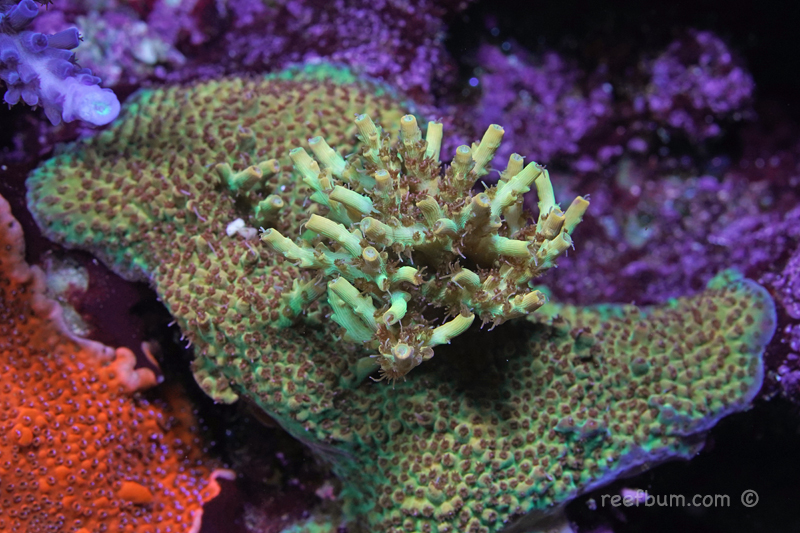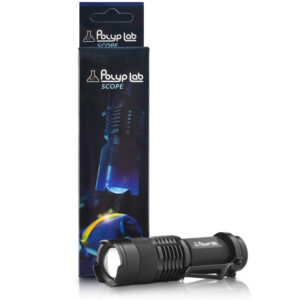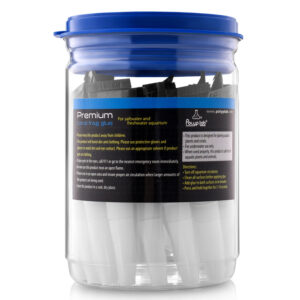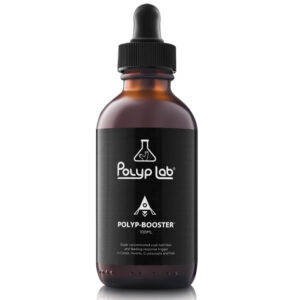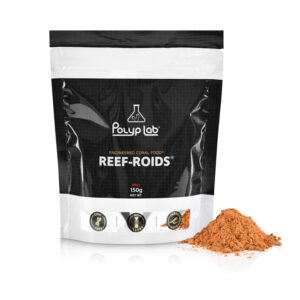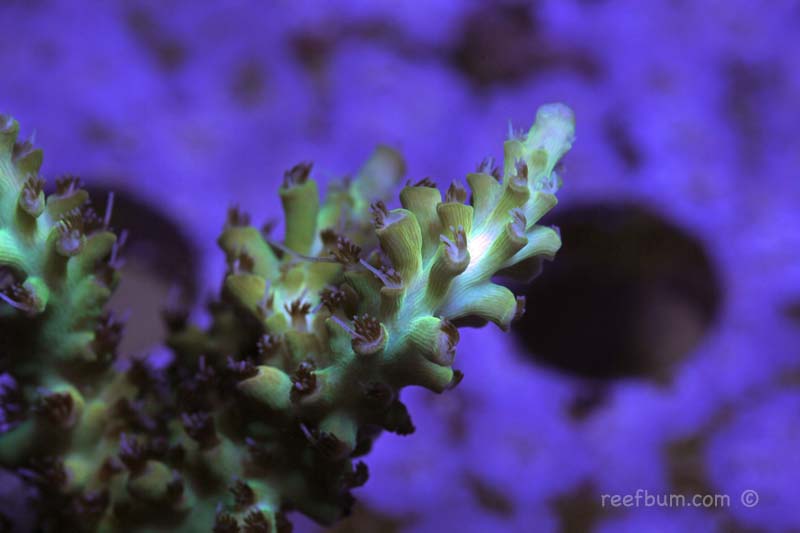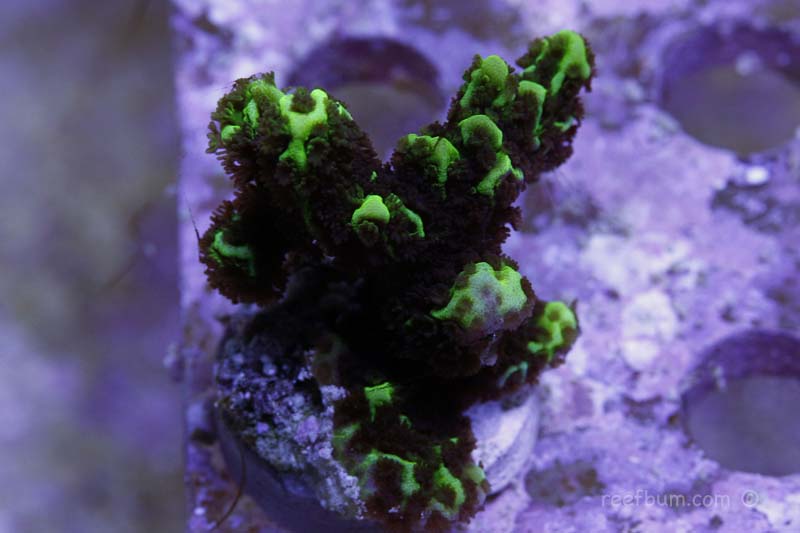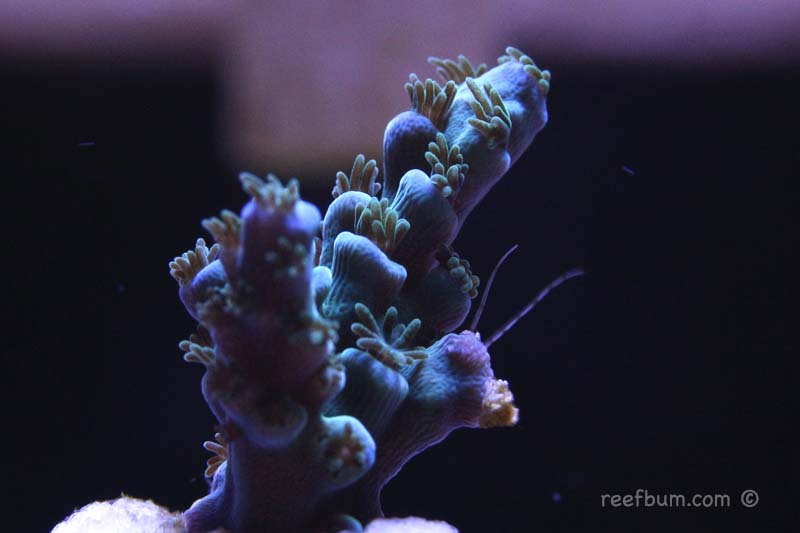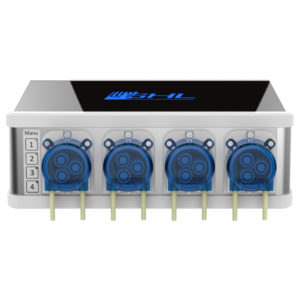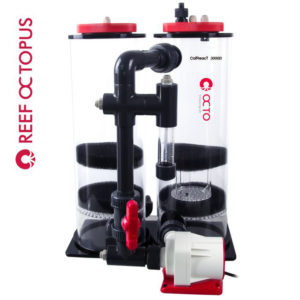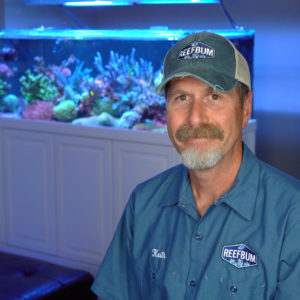It is always good to have options and in reef keeping there are usually many available to run and maintain a reef tank. For instance, you do have choices when it comes to keeping up with the calcium and alkalinity demands of a reef aquarium, especially one that is SPS dominant.
SPS require some form of calcium and alkalinity supplementation since they have calcium skeletons that demand a lot of these elements to grow and do well in a tank.
Calcium Reactor vs. Two-Part
When I started to keep reef tanks, I kept mostly soft corals and began to experiment with SPS only after achieving success with those corals. I used a two-part calcium and alkalinity supplement from ESV and it worked great. As I added more SPS, my calcium and alkalinity demands grew, requiring more of the two-part solution.
Cost can be a downside when using certain two-part solutions for tanks requiring a lot of calcium and alkalinity supplementation. But some SPS enthusiasts swear by it since it is a ready-made and simple to use solution (money can be saved by making your own two part). You will need to calculate the amounts needed and add them manually or via an automated doser such as this one by GHL.
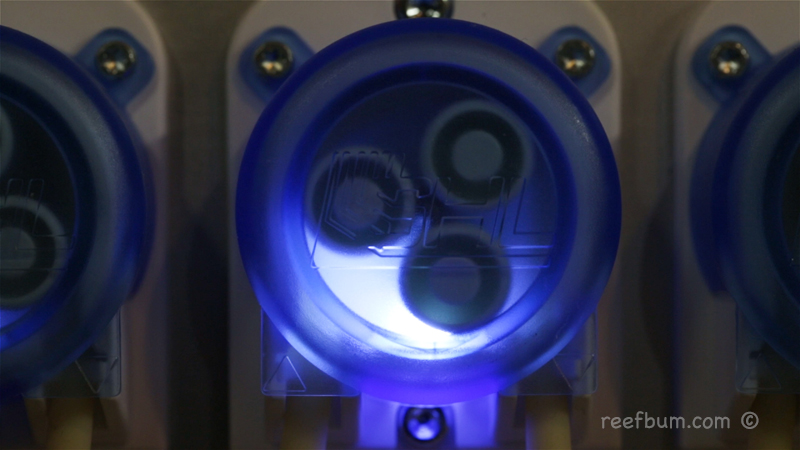
A calcium reactor is another popular option. How do they work? Tank water is fed into a chamber that is filled with carbonate media. Carbon dioxide is then injected, causing the media to dissolve. The by-product of this reaction is a liquid effluent that has a high concentration of calcium and alkalinity, which is dripped back into the sump or tank.
Calcium Reactors & Low pH
The pH of the effluent coming out of a calcium reactor is low, so usually it is necessary to boost the tank’s overall pH. One way to do this is to use kalkwasswer, a German term for “limewater”. It is a highly concentrated solution of calcium hydroxide in water with a high pH of 12.00+. It is typically used to augment calcium and maintain high pH levels in reef aquariums.
In the past I have used a kalk reactor to dose kalkwasser. Kalk reactors are typically fed by RO/DI water used to replace evaporated water in a tank. The problem here is the amount of kalk added to the tank can vary depending on the evaporation rate in the tank. This can cause the alkalinity to swing, not a good thing. If you use a kalk reactor then make sure it is not connected to an auto top-off device.
One last thing to note about kalk reactors is kalkwasser can be less potent given the constant influx of RO/DI water, which can dilute the solution.
Today I keep kalkwasser in a thirty gallon drum filled with RO/DI water. 8,640 mls of this saturated solution is dosed daily to my 187 gallon tank (total system volume is 386 gallons) via two peristaltic dosing pumps. I use two other pumps to dose 2,400 mls daily to my 225 gallon peninsula tank (total system volume is 349 gallons).
Another option to increase the pH when using a calcium reactor is to use a unit with a second chamber. A second chamber can help by removing some of the dissolved CO2 and also increase the calcium carbonate concentration. This occurs due to the longer contact time with the media in the second chamber.
Additionally, pH can be elevated by dripping the calcium reactor’s effluent into the skimmer pump. The aeration from the pump will help to de-gas some of the excess C02.
My Recommendation
So which method of calcium and alkalinity supplementation do I prefer? Well, in my experience using a calcium reactor is pretty much a “set it and forget it” proposition since the media only has to be replaced every few months. And a large C02 canister can last even longer. Kalkwasser dosing will also reduce the amount of time a calcium reactor has to run so money can be saved on media and C02. Some reef keepers, like myself, do swear by kalkwasser, believing it has almost magical properties with regards to growing SPS corals.
I do like the precision when dosing two-part and the fact that pH is not depressed. But, as I mentioned before, it can be costly if you have a large system with a lot of corals. I would lean towards using two-part on smaller systems under 120 gallons and a calcium reactor/kalkwasser on larger systems with a lot of SPS.
Testing – Why it is Important
No matter which path is taken, it is critical to be diligent and test calcium and alkalinity levels on a regular basis. Calcium in reef aquariums should be kept between 380-450 ppm while alkalinity should be in the 7-11 dKH range. Alkalinity is more important, so I recommend keeping a keen eye on it to keep it stable in order to avoid any large swings and subsequent fading or burnt tips on SPS. My tanks do well between 8-9 dKH so that is my target range.
Finally, consider using a device such as GHL’s KH Director, which can monitor and even control the amount of alkalinity being added to a tank a via a doser or calcium reactor. It produces lab-grade measurements and can generate tests multiple times a day.
Additional Resources
If you would like some help with a new tank build, including help designing a custom aquarium, or help re-configuring your current setup then you can visit this page for more information. And if you are looking to add some equipment, I do sell GHL, Pax Bellum, Reef Octopus Calcium and Kalk Reactors and Royal Exclusiv products, including Dreamboxes, which is the equipment I use and recommend. I also sell Reef Brite metal halide and LED fixtures as well as Maxspect & IceCap Gyres.
As for additional insights and information, please explore my many other reef tank and SPS related articles as well as my YouTube channel. For an even deeper dive into reef tank care you can check out my Reef Keeping Master Class. This online course is an immersive and one of a kind educational tool designed to help reef aquarium hobbyists build and maintain a beautiful SPS reef tank. The course is a series of video presentations with some supplemental video from my YouTube channel. There are also quizzes to help students retain and understand the information presented in the course.
Need some frags…..I can help with that as well 

